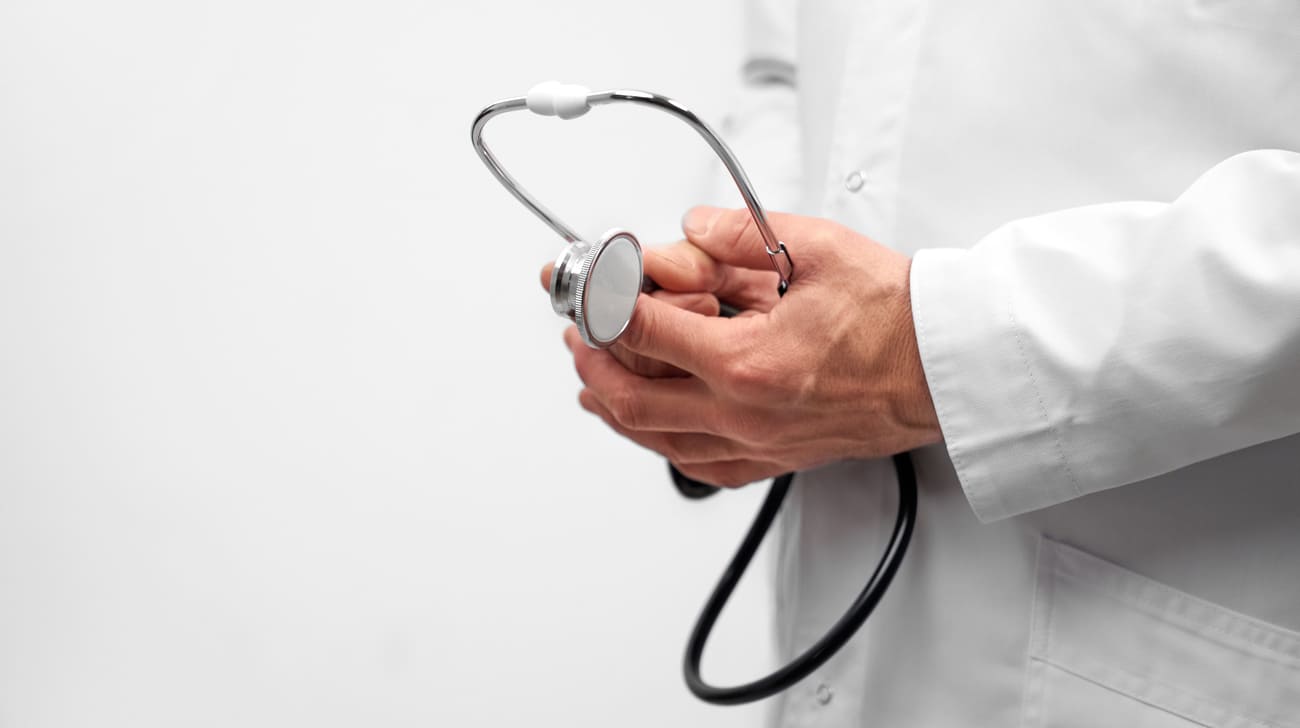
Hypertension is defined as systolic blood pressure (the “maximum”) greater than or equal to 140 mmHg and/ordiastolic pressure (the “minimum”) greater than or equal to 90 mmHg. Just under half (40%) of people over 25 have this problem, which is also an important risk factor for two diseases: coronary heart disease and ischemic and hemorrhagic stroke.
Increased blood pressure is estimated to cause 7.5 million deaths worldwide, or about 12.8% of total deaths. Some symptoms may include morning headaches, nosebleeds, irregular heartbeat, impaired vision, and ringing in the ears. Severe hypertension can cause fatigue, nausea, vomiting, confusion, anxiety, chest pain, and muscle tremors. Unfortunately, however, many people with hypertension are unaware of the problem because symptoms might not be present. Not surprisingly, it is sadly known as a “silent killer” and, for this reason, it is essential that blood pressure is measured regularly.
From the ongoing cases related to COVID-19, it has been found that those who suffer from multiple related diseases (3,4 to be exact), are more susceptible to infection and death. The most represented pre-existing health condition is hypertension (74.6%), followed by ischemic heart disease (70.4%), and diabetes mellitus (33.8%).
Since hypertension is a serious clinical condition that significantly worsens other health issues not related to the Coronavirus, such as with the heart, brain, and/or kidneys, one of the objectives promoted by the World Health Organization for non-communicable diseases is to reduce the prevalence of hypertension by 25% by 2025 compared to 2010.
There are various modifiable risk factors to avoid or reduce hypertension, such as body weight; nutrition therefore plays a fundamental role, not only to maintain an adequate weight, but because poor eating habits and behavior can increase blood pressure. In particular, an excessive consumption of salt, a diet rich in saturated and trans fats (present mainly in foods of animal origin such as meat, sausages and packaged products), as well as a low intake of fruit and vegetables can lead to hypertension. Other risk factors include physical inactivity, smoking, and excessive alcohol consumption.
Non-modifiable risk factors can be attributed to family history, especially for those who are over 65 and have diabetes or kidney disease.
Practical recommendations
What to do?
Try to reduce and manage mental stress. It can be useful to do yoga or meditation lessons, choosing from various sources on YouTube. Monitor your blood pressure regularly, even simply with readily available and inexpensive devices.
If your blood pressure remains high after several measurements, we recommend that you contact your doctor and follow the advice given in this article even more closely.
SOURCES: